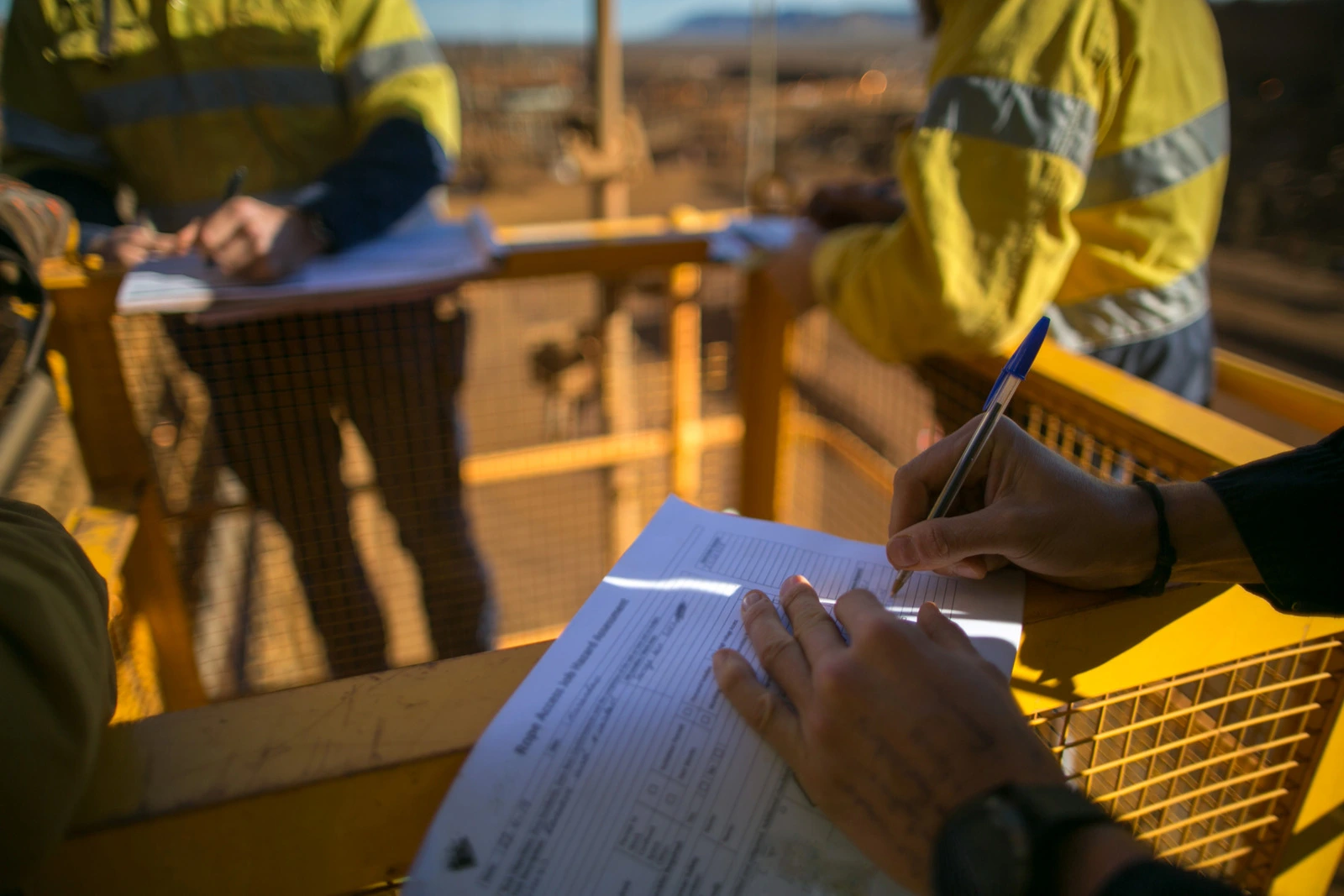Controlling the movement of silt and sediment during any construction is a key part of the environmental compliance for the developer or contractor.
Whether a major infrastructure project, commercial development or a home renovation, if you dig a hole or disturb the surface then there is a risk of pollution from silt and sediment migration.
So what is the risk? If it came from the earth, then surely returning to the same could present no real threat to the environment.
The facts are that when you dig you are changing the natural flow – drainage – aspects of a property. You are also loosening what was previously tightly packed earth or hard surface – leaving it exposed to Mother Nature (wind & rain)
Here are just a few examples:
An excavation on a construction site or a trench may fill with rain water overnight – and the water needs to be pumped out before work can continue the next day. Where should the rain water go when pumped out? Disposing of the water directly to a nearby gutter or storm water drain is illegal. Some larger construction sites may invest in expensive water treatment plants. But most contractors do not have the money for this type of equipment. The removal of the turbid (dirty) water becomes a headache for many construction sites.
If you dig (again with the excavation) the removed soil and waste must go somewhere. Often the displaced soil and rock will be deposited in a pile of debris on the same site. The hole AND the pile will change the natural drainage of the land – and create real risks of pollution.
Many construction projects occur along our waterways. Everyone wants to live on the water, right? So what if there is a rain event or storm? Silt and sediment will run into the water and create a plume of turbidity that will spread throughout the water. The resulting pollution is illegal (and unsightly) and can result in heavy fines and clean up orders from the EPA.
Protection can be easy – and economic, particularly when the cost of prevention is compared to the cost of an EPA fine.
For land-based sites you can use silt socks or drain wardens (for drain pits) to protect from silt transferring into the storm water channels or drains. When used correctly these simple items can help prevent dislodged silt from moving into sensitive areas.
If you have a sloping site or a shared boundary, perhaps you could use silt fencing, easily installed along a perimeter to stop migration of silt and sediment. You can get specially designed filtration socks (rubber filled silt socks) to help protect drains and environmentally vulnerable areas as well.
If you are working near the water, investing in a silt curtain – to float in the water and trap clouds of turbidity from – may present a great option for environmental responsibility.
Take a look around your site. Contact Renew Solutions for help or advice. It may be easier than you think.






